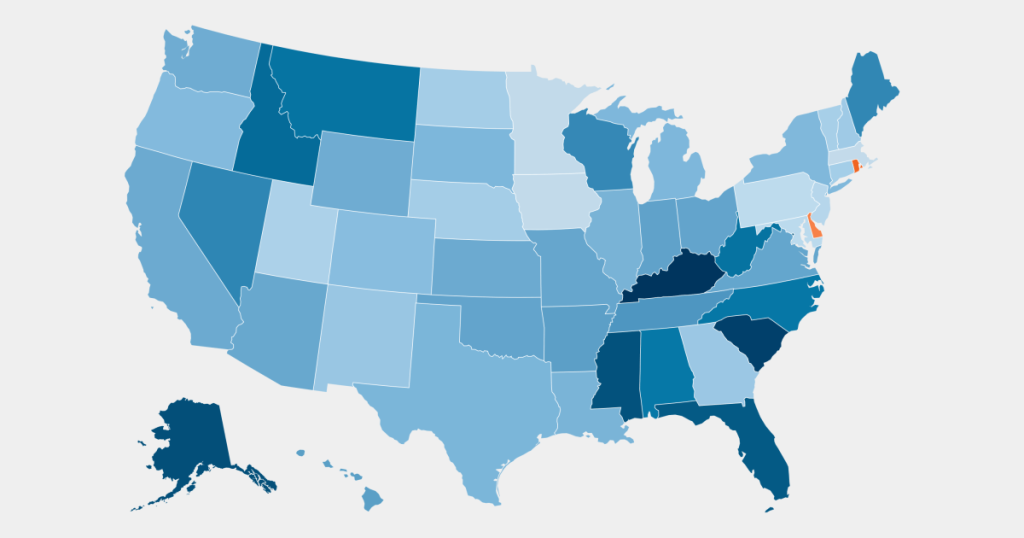Parents across America are increasingly choosing to opt their children out of public schools, as indicated by a nearly 4 percentage point decrease in enrollment from 2012 to 2022. This trend is seen in states like Kentucky, South Carolina, and Alaska, where the share of school-age children in public schools decreased significantly. The shift has been accompanied by an increase in enrollment in private and charter schools, possibly fueled by policies that promote alternatives to public education. These policies, collectively known as “school choice,” have expanded rapidly since 2022, with at least 146 school choice bills introduced in 43 states in 2023.
While some states have seen a surge in students leaving public schools, others like Kentucky, which lacks a school choice program, have not. However, alternatives like homeschooling and microschooling are becoming popular options for families looking for alternatives to traditional public education. Advocates of school choice, like Robert Enlow of EdChoice, believe that families should have the resources to choose the best educational option for their children. As states increasingly push for school choice programs, public schools are facing budget cuts, teacher shortages, and controversies over curriculum content.
In more than 20 states, legislation has been proposed to give parents greater control over the curriculum taught in public schools, from access to course materials to the ability to opt out of certain classes. Florida, in particular, has passed laws that make it easier for parents to influence what is taught in the classroom, leading to a decrease in public school enrollment despite a growing population of 5 to 17-year-olds in the state. Educators like Andrew Spar of the Florida Education Association believe that these laws hinder teachers’ ability to instruct effectively and contribute to a challenging environment for public schools.
Researchers like Abbie Cohen of UCLA suggest that funding cuts and a lack of trust in public schools are contributing to the decline in enrollment and the rise of alternative schooling options. States with the largest declines in public school enrollment tend to have the lowest per-pupil spending, raising concerns about the future of public education as districts face financial struggles and closures. Cohen warns that marginalized students are the most affected by this trend, as fewer students in public schools mean less funding available for those who remain.
As families continue to opt out of public schools, the future of public education remains uncertain. While school choice programs offer greater flexibility for families, concerns about funding, curriculum, and teacher autonomy persist. The debate over the state of education in America will likely continue, with advocates on both sides pushing for policies that best serve the needs of students.


